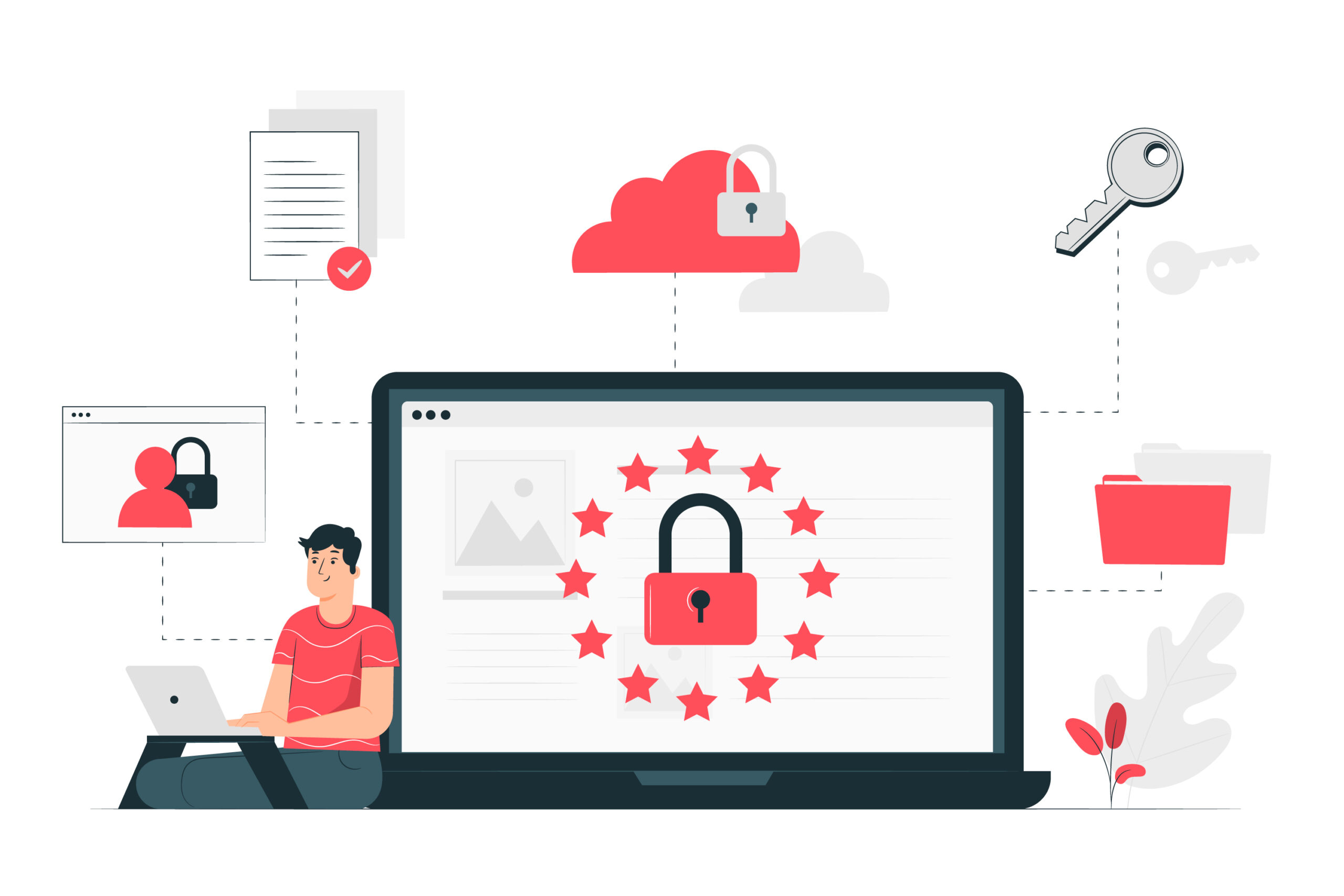With the rapid proliferation of cloud services and remote working, many organizations have pushed data beyond the traditional security perimeter. The desire to ensure organizations operate as efficiently as possible has often led to growth without a deep understanding and tracking of new assets and their value to the business. This has expanded the attack surface for organizations, leaving them vulnerable to improperly secured data.
Data protection should not focus on adding technological controls. Control structures in the form of non-technical controls, such as the definition of policies, processes, and procedures for organizational data, and the need for classification policies to manage this process, are paramount to the success of any data security program. It is a complex process that requires the support of the entire organization.
While tools can help protect your data, they are only helpful if you fully understand what data needs to be protected.
This article discusses three key ways organizations can take control of their data and protect it from a technological perspective.
Find Your Data
Before you begin the journey of securing your data as an organization, you need to get a thorough understanding of what you have and where it resides. There is no easy way to carry out this process, especially for organizations using both on-premises and cloud resources.
Using automated tools is a great way to start this process. These tools can analyze large amounts of data, populating your organization’s known data stores to find and classify the data you find. Unfortunately, these tools are imperfect and can only organize data based on rules, so they are no substitute for manual intervention. Even if a human is slower in parsing the data, correct classification once it is found is usually more accurate.
Another problem when using automated tools is the presence of (un)sanctioned IT assets, known as shadow IT. These systems are often set up for testing or as temporary solutions and may store essential data. Finding such tools usually requires an in-depth assessment of all network-connected assets.
Reorganize Data Access
Once the data is found, the organization needs to control it. This requires determining where the data should reside and, if necessary, moving it from less secure locations to authorized locations. Moving the data reduces the threat surface of the organization.
Once the data has been created, there is the vital task of redefining the access that the organization must grant. The data must be assigned to the appropriate data owners, who can define the roles and individuals who need access to the data to perform their functions. This access is not an action that can be set and forgotten and requires periodic review to remove obsolete access for those who no longer need it to perform their role.
Tracking Access
Once an organization understands where its data resides and who has access to it, it can begin the more complex task of tracking how a key is used. Many solutions can facilitate this process, as there are too many to do manually. The relevant tools should track who accessed the data, from where, and when. This is the minimum amount of information needed to track data properly.
More sophisticated data access tracking tools apply behavioral analytics to extract more meaningful analytical information from the data. These tools note user behavioral trends and patterns in how users access data, from which devices, and how. Behavioral data helps organizations identify when attackers are compromising accounts and when insiders abuse data access, which creates organizational risk. Many of these tools can take action in cases of abnormal behavior to temporarily restrict access while investigating.
Final Thoughts
Taking control of data security is challenging, especially for large or growing organizations. A partner with experience in advancing the data security lifecycle can reduce the burden on your organization’s staff and speed up the process. Wise Solutions Group can guide your organization through data retrieval, protection, and monitoring processes.






